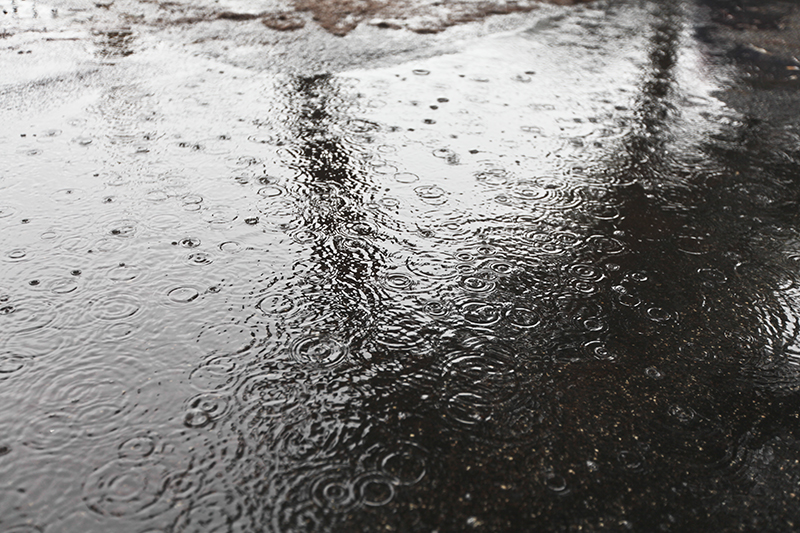What to do - Flood

Learning how to prevent and reduce the effects of flooding is a task for all of us.
Share what you know in your family, at school, with friends and colleagues: disseminating information about flood risk is a collective responsibility to which we all must contribute.
With simple actions, you can help reduce the risk of flooding.
- Respect the environment, and if you see bulky waste abandoned, clogged drains, water courses, etc., partially obstructed, report it to the municipality.
- Find out about your municipality's Civil Protection Plan to learn about flood-prone areas, escape routes, and safe areas in your city.
- If you or a family member needs special assistance (people with disabilities, older people), report it to the municipality.
- Stay informed about alerts issued by the Region or Autonomous Province and actions taken by the municipality.
- Prepare an emergency kit containing, for example, a copy of documents, a first aid kit, a flashlight, a battery-powered radio, etc.
- Avoid storing valuables in the basement or cellar.
You can take preventive actions to reduce the risk when an alert is issued.
- Keep yourself informed about the expected dangerous situations in the area and the measures adopted by your municipality.
- Do not sleep in basements and avoid staying there.
- Protect rooms at street level and close cellar, basement, or garage doors only if you are not exposing yourself to danger.
- If you need to move, assess the route first and avoid flood-prone areas.
- Carefully evaluate whether to secure your car or other possessions; it can be dangerous.
- Share what you know about alertness and proper behavior.
- Check that your child's school is informed of the ongoing alert and is ready to activate its emergency plan.
Indoor
• Do not enter cellars, basements, or garages to secure possessions; you will risk your life.
• Do not go outside to secure the car.
• If you are in a basement or ground floor, go up to the upper floors. Avoid the elevator: it may get stuck.
• Help older people and people with disabilities who are in the building.
• Limit mobile phone use: keeping the lines clear makes rescuing easier.
• Stay informed on how the situation develops and follow directions provided by authorities.
• Turn off the gas and the electrical system. Do not touch any electrical fixtures and appliances with wet hands or feet.
• Do not drink water from the tap; it may be contaminated.
Outdoor
• Move away from the flooded area: due to the speed at which water flows, even a few inches could make you fall.
• Reach the nearest high area quickly, avoiding heading to slopes or artificial embankments that could collapse.
• Find shelter on the upper floors of a building.
• Avoid using a car. Even a few inches of water could cause you to lose control of the vehicle or cause it to shut down; you might be trapped.
• Avoid underpasses, embankments, and bridges: stopping or transiting in these places can be very dangerous.
• Be careful where you walk: there may be sinkholes, potholes, open manholes, etc.
- Follow the directions of the authorities before taking any action, such as re-entering the house, shoveling mud, emptying water from basements, etc.
- Check to see if you can reactivate the gas and the electrical system. If necessary, ask for a technician's advice.
- Before using sewage systems, find out whether sewer systems, septic tanks, and wells are not damaged.
- Do not pass along flooded roads: there may be sinkholes, potholes, open manholes, or sheared electrical wires. Also, the water could be polluted by fuels or other substances.
- Pay attention to areas where the water has receded: the roadbed may weaken and fail.
- Before drinking water from the tap, make sure municipal ordinances or notices do not prohibit it; do not eat food that has come in contact with flood water; it could be contaminated.